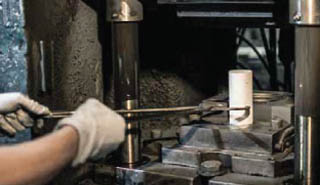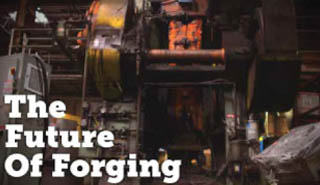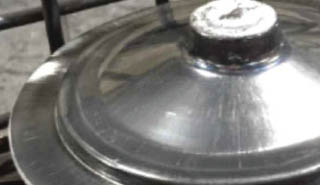Compare and contrast weldments/fabrications to forging – in terms of material savings, strength, design, metallurgical properties, inspection requirements and production.
Compare… |
||
|---|---|---|
Production economies and material savings:
Weldments / FabricationsWelded fabrications are more costly in high volume production runs, to the point that fabricated parts are a traditional source of forging conversions as production volume increases. ForgingInitial tooling costs for forging can be absorbed by production volume and material savings, as well as forging’s intrinsic production economies – lower labor costs, scrap and rework reductions and reduced inspection costs. |
||
Strength:
Weldments / FabricationsWelded structures are not usually free of porosity. Any strength benefit gained from welding or fastening standard rolled products can be lost by poor welding or joining practice. ForgingThe grain orientation achieved in forging makes stronger parts that can function in harsher conditions. |
||
Flexibility and cost-effectiveness of designs::
Weldments / FabricationsA multiple-component welded assembly cannot match the cost-savings gained from a properly designed, one-piece forging. ForgingThe part consolidation inherent of one-piece forgings can result in considerable cost savings. |
||
Consistency and quality of metallurgical properties:
Weldments / FabricationsSelective heating and non-uniform cooling that occur in welding can yield undesirable metallurgical properties. In use, a welded seam may act as a metallurgical notch that can lead to part failure – even in hard materials, but especially in softer metals when forging brass and aluminum. ForgingForging produces no internal voids that cause unexpected failure under stress or impact, and the consistency of its metallurgical properties keeps parts sturdy. |
||
Inspection requirements:
Weldments / FabricationsWeldments require costly inspection procedures, especially for highly stressed components. ForgingForgings, not being subject to the defects weldments have, do not. |
||
Production:
Weldments / FabricationsWelding and mechanical fastening require careful selection of joining materials, fastening types and sizes, along with close monitoring of tightening practice – both of which increase production costs. ForgingForging simplifies production and ensures better quality and consistency – part after part. |












